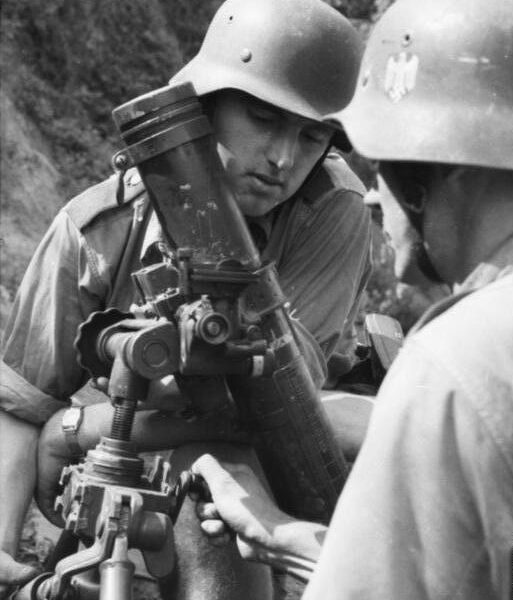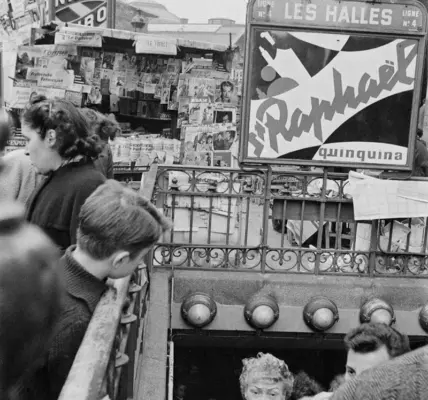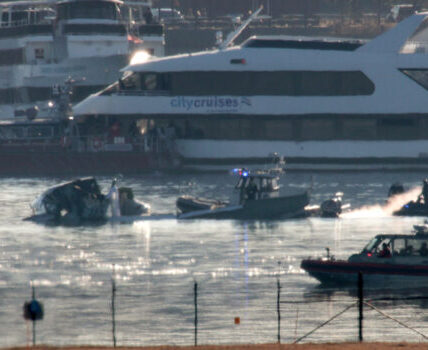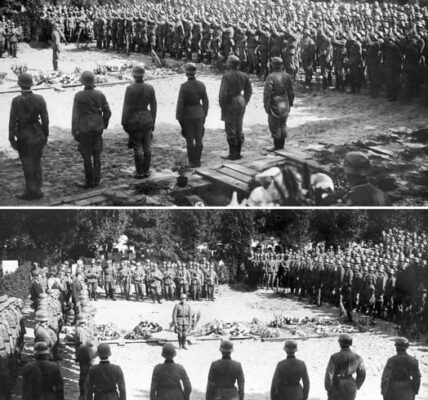German paratroopers with 8 cm GrW 34 mortar, Italy, 1943
In 1943, Europe was at a crucial stage of World War II. After the Allies’ victory in North Africa, they turned their attention to Southern Europe. Italy became the next strategic target. In this context, the German paratroopers —elite units of the Wehrmacht—played a central role. Often, they carried one of their most important support weapons: the 8 cm Granatwerfer 34 (GrW 34) .
The paratroopers were considered highly disciplined, excellently trained troops, known for their steadfastness and courage. Originally designed as airborne units, as the war progressed, they were increasingly deployed as infantry in particularly critical combat situations – such as in Italy. The war on the Italian peninsula was tough, costly, and characterized by difficult terrain. Here, the tactical mobility and firepower of the paratroopers were particularly important.
The 8 cm GrW 34 was a standard mortar used by the Wehrmacht. Despite its simple design, it was extremely effective. With a range of approximately 2.4 kilometers and a firing rate of up to 15 shells per minute, it could target enemy positions, machine guns, or even vehicles. Its mobility was a major advantage – it could be quickly assembled and disassembled, which was crucial in a mobile combat scenario like the one in Italy.
The fighting in Italy, especially after Mussolini’s surrender in July 1943, developed into a bitter trench warfare. The Allies landed near Salerno in September 1943 (Operation Avalanche), but encountered fierce resistance. One of the paratroopers’ most famous missions was the defense of Monte Cassino , a strategically important monastery south of Rome. The paratroopers, particularly the 1st Parachute Division, were deployed there as an elite unit and defended the heights with extreme severity for months—including with the help of the GrW 34.
Amidst the rocky mountains, olive groves, and ruined villages, the mortar was one of the few weapons capable of precise fire from a safe distance. While artillery was difficult to transport, the mortar could be carried by a small crew. In a typical scenario, a mortar team consisted of three to four soldiers: a gunner, a loader, an ammunition operator, and an observer. Coordination with forward observers was crucial to effectively hit enemy lines.
A typical image from this period shows a group of paratroopers in the rugged terrain of southern Italy, sheltering behind rocks or ruins while aiming their GrW 34. The men wear splinter camouflage uniforms, steel helmets, and some carry parachute harnesses—a sign of their original purpose as airborne troops. Their faces reflect exhaustion, determination, and sometimes resignation—signs of the extreme strain this war brought with it.
The Italian campaign was a challenge not only militarily but also psychologically. The Germans fought on foreign soil, in an often unforgiving climate—hot in summer, wet and cold in winter. Supply was strained, and Allied air raids dominated the skies. Nevertheless, the paratroopers managed in many cases to halt or at least significantly delay superior enemy forces—thanks to their training, morale, and tactical experience.
The use of the GrW 34 by paratroopers also demonstrates the development of modern infantry warfare. While heavy equipment such as tanks or artillery pieces were not always operational, mortars allowed for flexible responses to changing situations. The GrW 34 became one of the Wehrmacht’s most frequently used support weapons, not only among paratroopers but also among regular infantry divisions. Its efficiency, robustness, and comparative ease of use made it an indispensable component of any combat unit.
But despite all the tactical skills and equipment, the war in Italy was not a German success. The Allies advanced inexorably, albeit more slowly than expected. Rome fell in June 1944, and Monte Cassino was finally evacuated after four heavy battles. Many of the brave paratroopers who served with the GrW 34 found their grave there. Their missions are now part of a complex culture of remembrance – they stand for courage and fighting spirit, but also for a war that brought immeasurable suffering to Europe.
Today, the German paratroopers in Italy are remembered with mixed feelings. On the one hand, they are considered a symbol of military discipline and effectiveness, but on the other, they were part of an aggressive war under a criminal regime. The 8 cm mortar, which once brought death and destruction, can now be seen in museums—both as a technical object and a historical memorial.
The story of the paratroopers with the GrW 34 in Italy in 1943 is therefore not only a chapter about weapons and tactics, but also a piece of European memory – about a war that cost millions of lives and changed entire countries.




